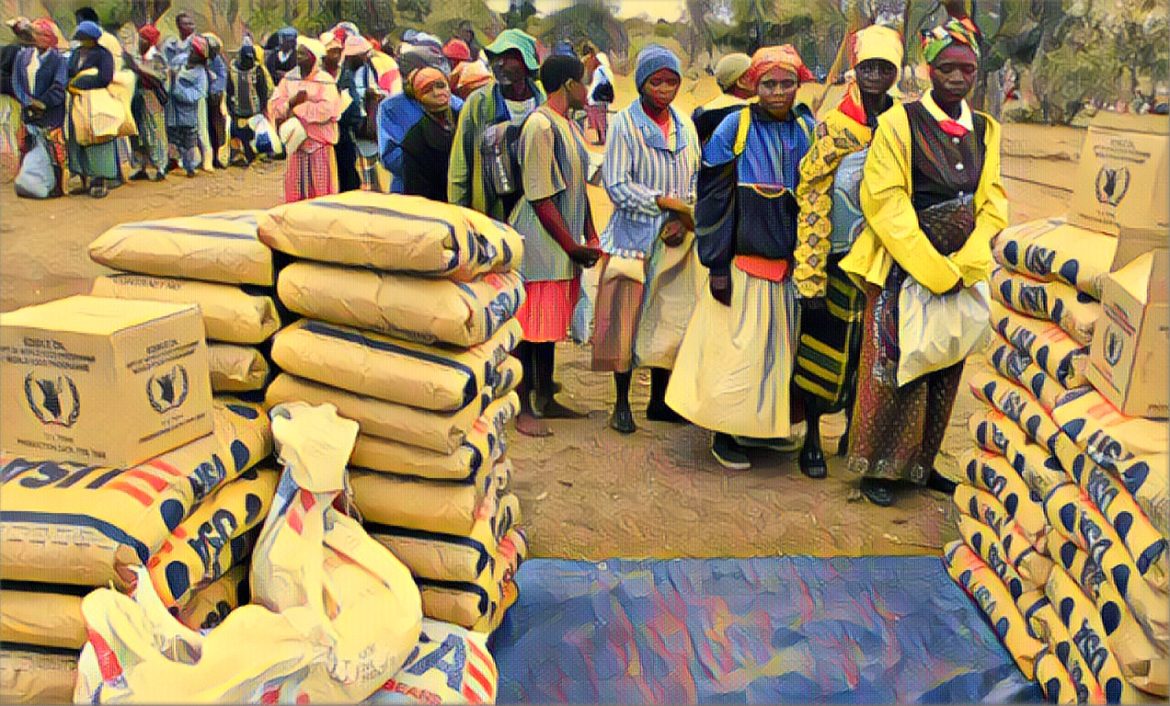The latest report from the Zimbabwe Vulnerability Assessment Committee (ZimVAC) 2023 paints a concerning picture of food security in Zimbabwe. Over 1.5 million people are currently facing food insecurity, with a monthly requirement of 18,915 metric tonnes of cereal to meet their needs. Harare has the highest number of residents at risk, with an estimated 705,480 people projected to be cereal insecure.
The report highlights that the Midlands region has the largest proportion of households likely to face food shortages. In contrast, Matabeleland South (22%) and Mashonaland Central (25%) have the smallest proportions of households at risk. Notably, Mashonaland East has seen a significant decrease in food insecurity, dropping from 53% in 2020 to 27% in 2023.
According to a report by Newsday Zimbabwe, areas such as Greater Harare 1 (5%), Kadoma (9%), and Gwanda (10%) have the lowest proportion of households projected to be food insecure. However, Redcliffe stands out, with 71% of households at risk.
The report also raises concerns about children’s nutrition. It notes the poor quality of diets leading to stunted growth in children. To address this, ZimVAC recommends nutrition-sensitive multisectoral approaches targeting women of childbearing age. These approaches should emphasize the importance of diversified diets.
ZimVAC bases its analysis on various factors, including the availability, access, and safe health utilization of food, as well as the stability of these factors. Household food security status is determined using parameters such as the food poverty line, monthly income, food consumption score, and household hunger scale.
Formed in 2002, ZimVAC is a consortium that includes the government, development partners, the United Nations, NGOs, technical agencies, and academia. The latest survey focused on urban households in medium-density, high-density, and peri-urban areas of Zimbabwe, covering urban council areas, administrative centres, growth points, and other urban regions.
This report sheds light on the critical issue of food insecurity in Zimbabwe, highlighting the need for immediate interventions to address the growing crisis.


